
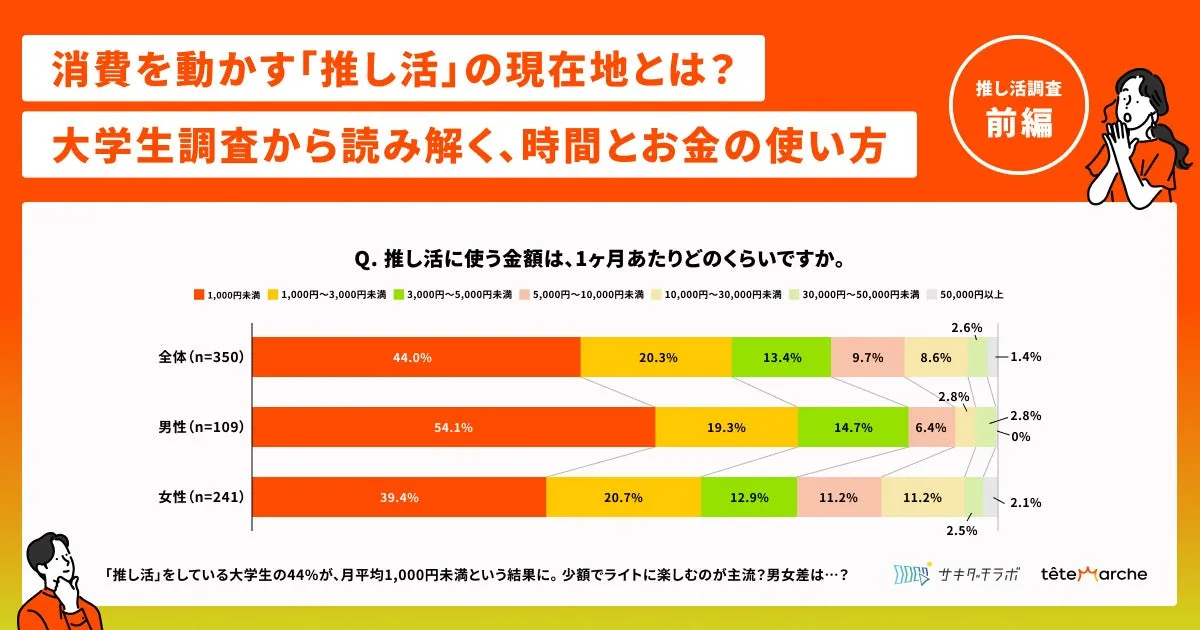
Exploring the New Norm of 'Oshikatsu' Among Generation Z: A Study on Consumption Behavior
Exploring the New Norm of 'Oshikatsu'
In a recent study conducted by TeTeMarch’s Sakidachi Lab in Tokyo, the evolving culture of 'oshikatsu'—supporting one’s favorites—has been scrutinized among Generation Z, particularly focusing on current consumption habits and engagement patterns. With the rise of social media, this passion has transcended mere hobby status, becoming integral to the values and daily lives of today's youth.
The survey encompassed responses from 350 active university and graduate students across Japan, revealing a unique perspective on how Gen Z interacts with their beloved entities—be it music bands, idols, or other influencers.
Key Findings of the Survey
The insights gathered from this research bring forth several fundamental observations regarding the consumption behaviors of students who participate in oshikatsu activities:
1. Moderation is Key for Many
Approximately half of the students surveyed fall into the 'light' oshikatsu category, dedicating less than five hours a week and spending under 3,000 yen monthly on their activities. This paints a portrait of a generation that enjoys their interests without excessive expenditure.
2. Experiential Spending Takes Precedence
When it comes to how they allocate their financial resources, the majority prefer experiences over physical products. Participation in events, such as concerts or fan meetings, topped the list at 40.9%, followed by buying official merchandise and music albums. This suggests that encounters and shared experiences remain valuable to this demographic.
3. Social Media as the Primary Information Source
An impressive 86% of respondents utilize social media for information gathering regarding their interests, with heavier users favoring platforms like X (formerly Twitter). In fact, those engaged in heavier oshikatsu practices report even higher usage of X, indicating its strong role as an information hub.
4. Discrepancies in Popularity vs. Discussion
Further analysis revealed some intriguing contradictions in popularity versus social media engagement. While artists such as ‘Mrs. GREEN APPLE’ and ‘Nogizaka46’ ranked highly in terms of fan preference, certain J-POP acts experienced more social media discussion compared to their K-POP peers, highlighting regional differences in engagement styles.
5. Shifting Approaches to Financial Management
The connection between financial prudence and oshikatsu participation was evident, as many students reported leveraging side jobs and saving strategies to fund their hobbies. A significant portion practices frugality and explores job options, ensuring the sustainability of their involvement in this culture.
6. Information Consumption Patterns
Interestingly, the survey noted that lighter enthusiasts tended to be less vocal about their experiences on social media. Almost half of the light users reported refraining from sharing content, preferring to be passive consumers rather than active contributors.
As these findings unravel the complexities of the oshikatsu phenomenon, it becomes clear that the purchasing behaviors and preferences of Gen Z are shifting. While some exhibit a fervent commitment to their passions, a vast majority engage in a more measured, thoughtful approach.
Conclusion
The results from this research serve as a valuable reflection of how Gen Z's preferences are molding consumption practices. Businesses aiming to target this demographic must recognize the diverse range of engagement levels among fans, from the more active heavy users to the casual enthusiasts. This understanding will be crucial for developing effective marketing strategies that resonate across the entire spectrum of consumer interest.
A Note from the Director of Sakidachi Lab
The findings indicate that most college students participating in oshikatsu activities operate within manageable financial limits, defying the assumption that engagement leads to reckless spending. Instead, the emergence of light participation among fans signifies a cultural shift, largely supported by the advent of social media, where community engagement thrives and less intense forms of fandom are celebrated.
For effective communication strategies, companies should avoid over-relying on the viral potential of passive fans and instead focus on cultivating environments where enthusiasts feel invited to share their experiences voluntarily. The energetic involvement of heavy supporters, combined with the moderate dedication of light participants, creates a vibrant community that companies can engage with thoughtfully.
Further Reading
For more insights on Gen Z interactions with media and their evolving preferences, check out Sakidachi Lab's other investigations on television habits and the impact of K-Pop influences.
About TeTeMarch
TeTeMarch specializes in providing SNS marketing support to companies, utilizing insights gained from contemporary trends to help businesses adapt and thrive in a fast-changing landscape. Founded in 2015, the company continues to grow and innovate in the intersection of social media and consumer engagement.
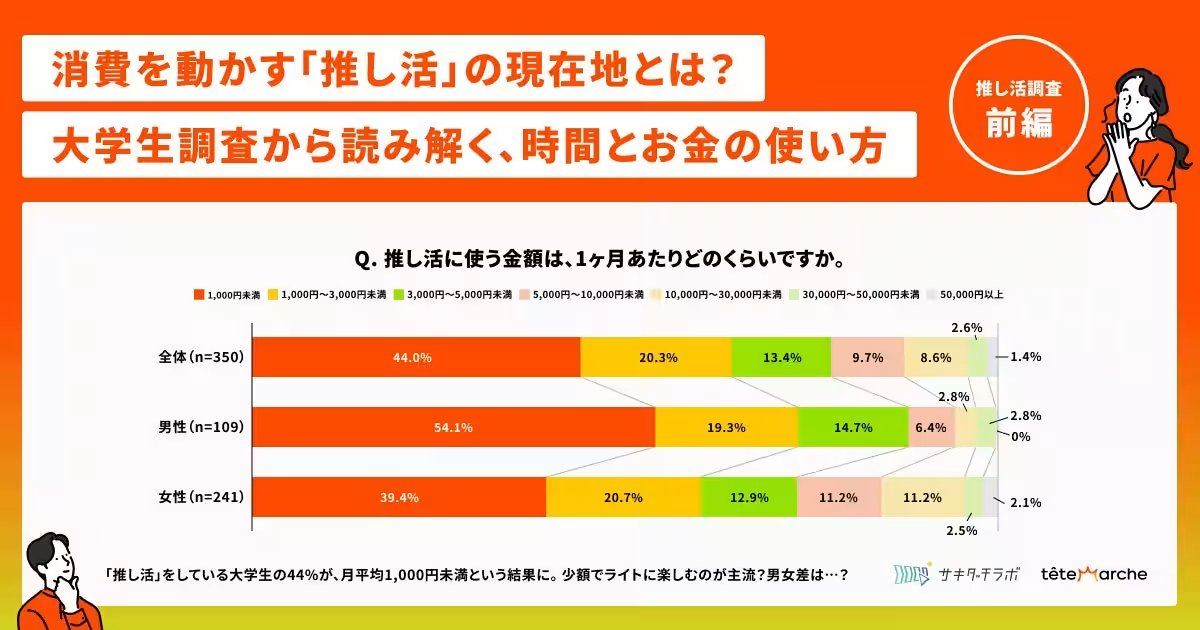
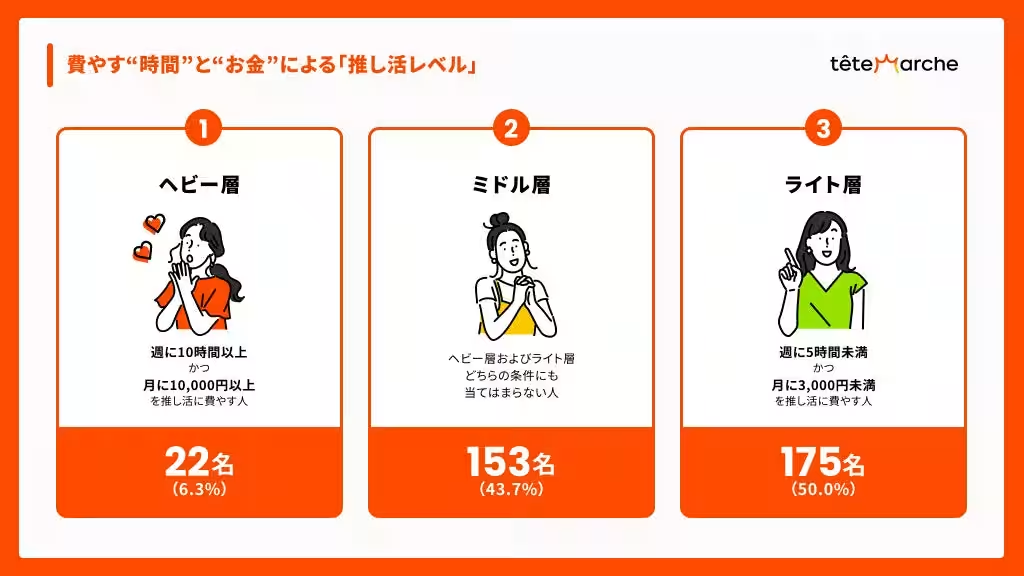
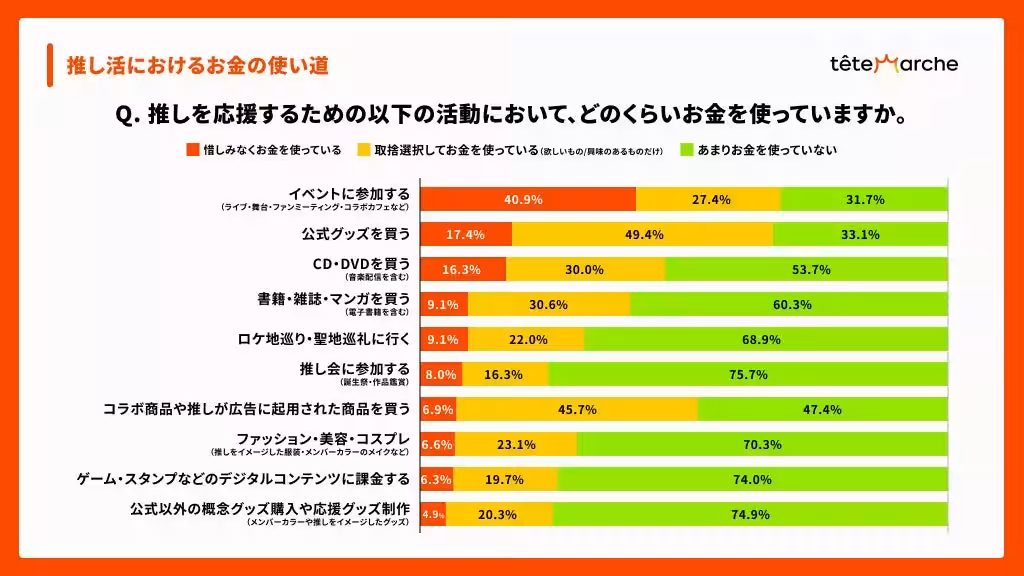
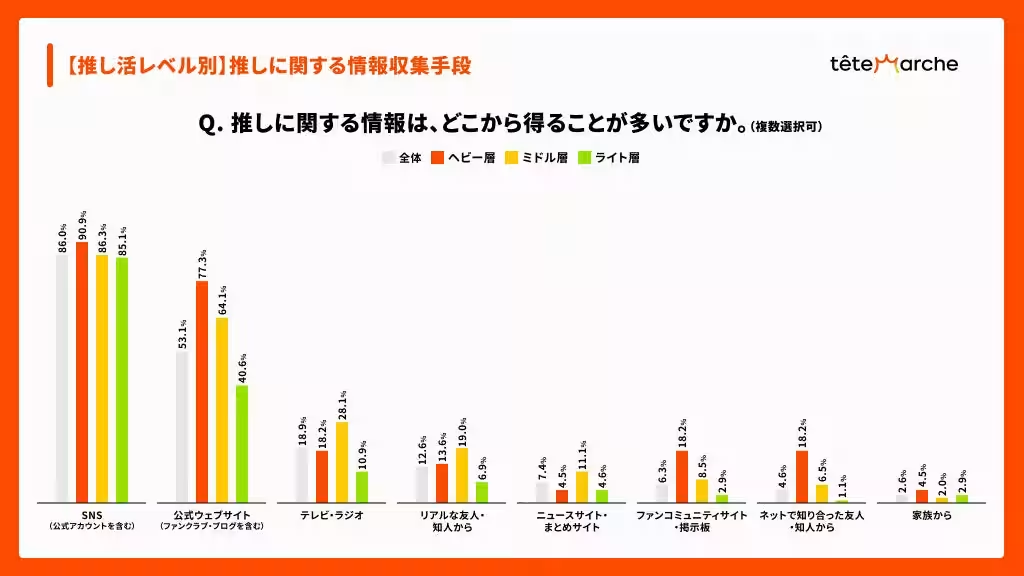
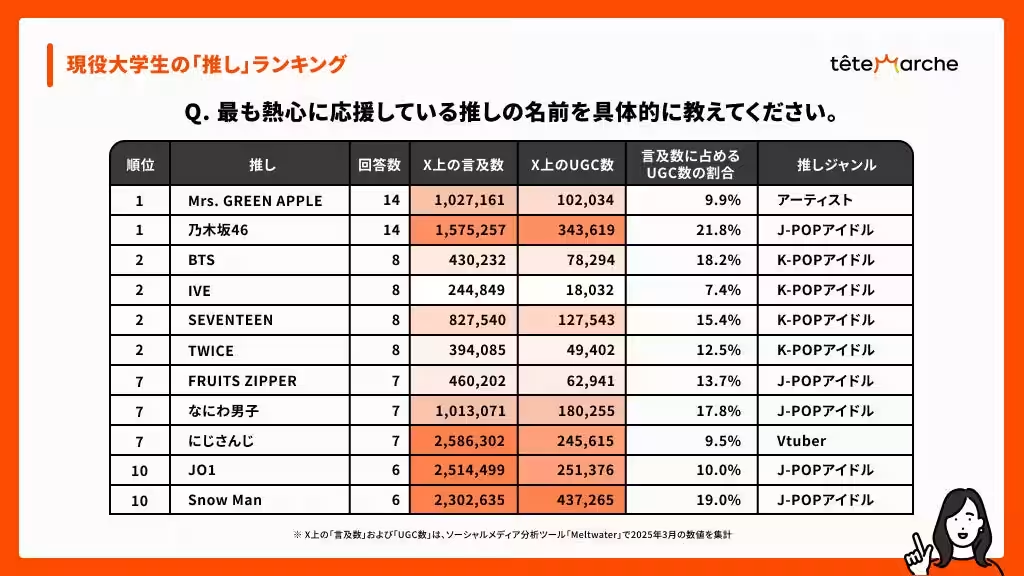
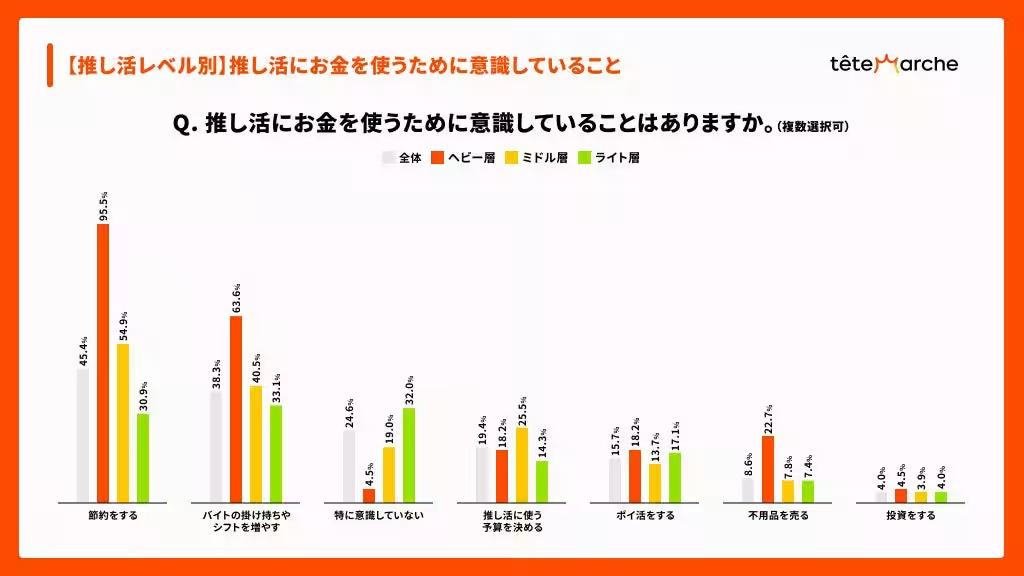
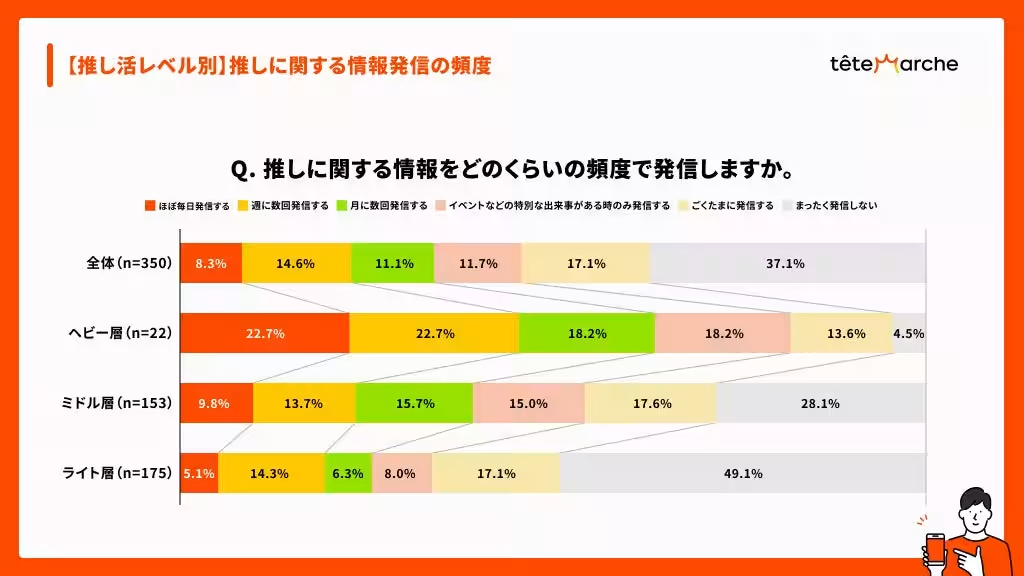

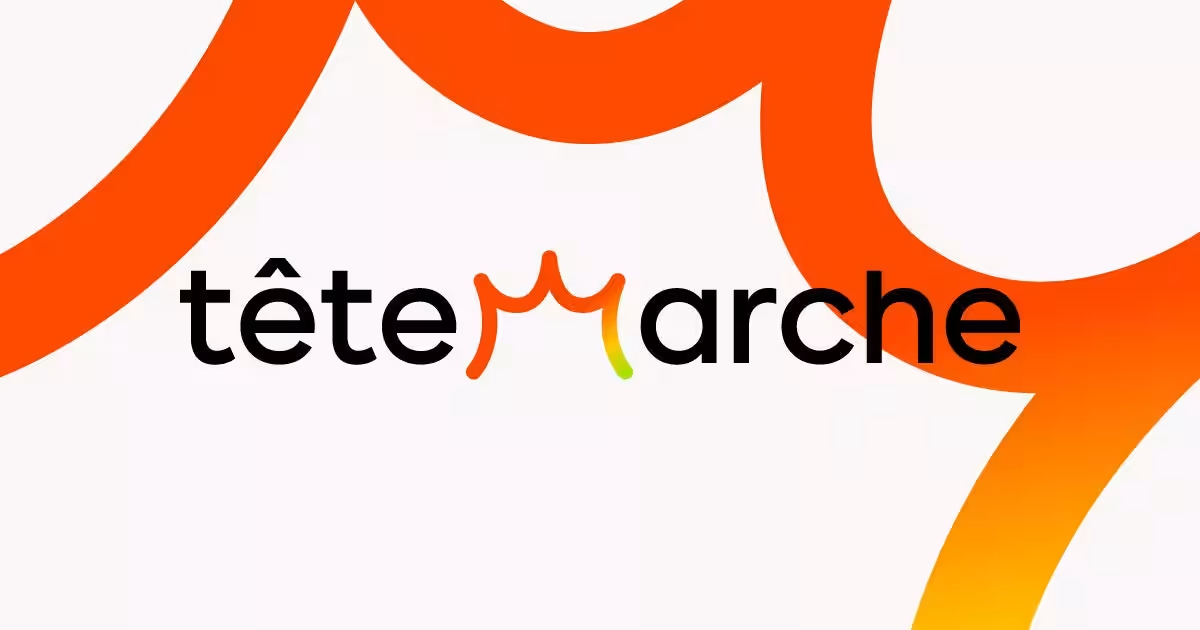
Topics Consumer Products & Retail)










【About Using Articles】
You can freely use the title and article content by linking to the page where the article is posted.
※ Images cannot be used.
【About Links】
Links are free to use.